On the rugged north Atlantic coast of Northern Ireland, where the sea crashes against the cliffs and the wind howls with ancient whispers, lies one of nature’s most extraordinary creations: Giant’s Causeway. This unique geological formation, with its interlocking basalt columns stretching out into the sea, is a place where myth and reality intertwine, creating a landscape that is both awe-inspiring and deeply enchanting.
The Legend of Finn McCool
The story of Giant’s Causeway is as much about folklore as it is about geology. According to Irish legend, the giant Finn McCool (or Fionn Mac Cumhaill) built this path of hexagonal columns to confront his Scottish rival, Benandonner. The tale goes that Finn, enraged by the taunts of the Scottish giant, decided to create a bridge across the Irish Sea to face him in combat. However, upon seeing the enormous size of Benandonner, Finn became terrified and retreated back to Ireland. His wife, Oonagh, quickly devised a clever plan to save her husband. She disguised Finn as a baby and placed him in a cradle. When Benandonner arrived, Oonagh told him that Finn was still sleeping and led him to the cradle. Seeing the size of the "baby," Benandonner became terrified and fled back to Scotland, destroying the causeway behind him to prevent Finn from following. Thus, the legend explains the existence of both Giant’s Causeway in Ireland and its sister formation, Fingal’s Cave in Scotland.
The Geological Marvel
While the legend adds a layer of enchantment to the site, the true story of Giant’s Causeway is no less fascinating. This geological wonder is the result of volcanic activity that occurred around 50 to 60 million years ago. At that time, intense volcanic eruptions caused lava to flow out of fissures in the Earth’s crust. As the lava cooled and contracted, it formed the distinctive hexagonal columns that we see today. These columns, numbering around 40,000, vary in height, with some reaching up to 12 meters (39 feet). The process of cooling and contraction created a honeycomb-like pattern, giving the causeway its unique appearance.
The geological formation of Giant’s Causeway is not only visually stunning but also scientifically significant. It provides valuable insights into the Earth’s volcanic history and the processes that shape our planet’s surface. The columns are made of basalt, a type of volcanic rock that is rich in iron and magnesium. Over millions of years, erosion by the sea and wind has further sculpted the landscape, creating a series of stepped formations and cliffs that add to the site’s dramatic beauty.
A UNESCO World Heritage Site
Recognizing its unique geological and cultural significance, Giant’s Causeway was designated a UNESCO World Heritage Site in 1986. This designation highlights the importance of preserving such natural wonders for future generations. The site attracts thousands of visitors each year, drawn by its breathtaking beauty and the intriguing blend of myth and science that defines it.
Visitors to Giant’s Causeway can explore the interlocking columns, walk along the shoreline, and marvel at the sheer scale of the formation. The Visitor Centre, located nearby, offers interactive exhibits and displays that explain the geological processes behind the formation of the causeway, as well as the rich folklore and cultural history of the region. It is a place where visitors can learn about the ancient forces that shaped the landscape and the legends that have grown around it.
The Sister Formation: Fingal’s Cave
Across the Irish Sea, on the island of Staffa in Scotland, lies Fingal’s Cave, a natural sea cave that shares the same volcanic origins as Giant’s Causeway. This spectacular cave, with its towering basalt columns and arched entrance, is another testament to the power of volcanic activity. The cave’s name is derived from the same legend of Finn McCool, with "Fingal" being an anglicized version of "Fionn."
Fingal’s Cave is renowned for its acoustics, which inspired the composer Felix Mendelssohn to write his famous "Hebrides Overture." The cave’s eerie, echoing sounds and dramatic appearance have captivated visitors for centuries. Like Giant’s Causeway, Fingal’s Cave is a place where myth and geology converge, creating a landscape that is both mysterious and enchanting.
The Cultural and Spiritual Significance
Giant’s Causeway is not just a geological wonder; it is also a place of deep cultural and spiritual significance. For centuries, the local people have woven myths and legends around the site, imbuing it with a sense of magic and mystery. The story of Finn McCool is a central part of Irish folklore, symbolizing the courage and ingenuity of the Irish people.
The site has also inspired countless artists, writers, and poets over the years. Its dramatic landscape and rich folklore have provided endless inspiration for creative minds. From the Romantic poets to contemporary artists, Giant’s Causeway has been a source of fascination and wonder, capturing the imagination of those who visit it.
Conservation and Preservation
Protecting Giant’s Causeway and its sister formation, Fingal’s Cave, is of utmost importance. These natural wonders are not only scientifically significant but also hold immense cultural and historical value. Efforts to preserve these sites include monitoring and managing visitor numbers, protecting the surrounding environment, and conducting ongoing geological research.
The National Trust, which manages Giant’s Causeway, works tirelessly to ensure that the site remains a place of wonder and inspiration for future generations. Through conservation initiatives, educational programs, and sustainable tourism practices, they aim to protect the unique geological and cultural heritage of the area.
Giant’s Causeway is a place where myth meets geology, where the ancient forces of nature collide with the rich tapestry of human imagination. This extraordinary geological formation, with its interlocking basalt columns and dramatic cliffs, is a testament to the power and beauty of the natural world. The legend of Finn McCool adds a layer of enchantment to the site, making it a place where visitors can experience the magic of folklore and the awe-inspiring majesty of geology.
As we walk along the rugged coastline of Northern Ireland, marveling at the hexagonal columns and listening to the roar of the waves, we are reminded of the enduring power of nature and the timeless stories that shape our world. Giant’s Causeway is more than just a geological wonder; it is a living legend, a place where the past and present converge, and the spirit of adventure lives on.
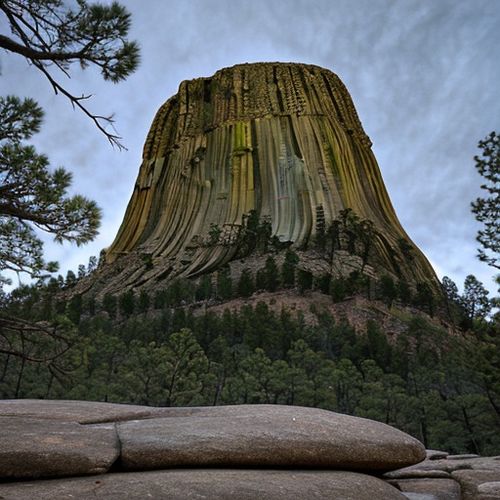
By Natalie Campbell/Apr 27, 2025
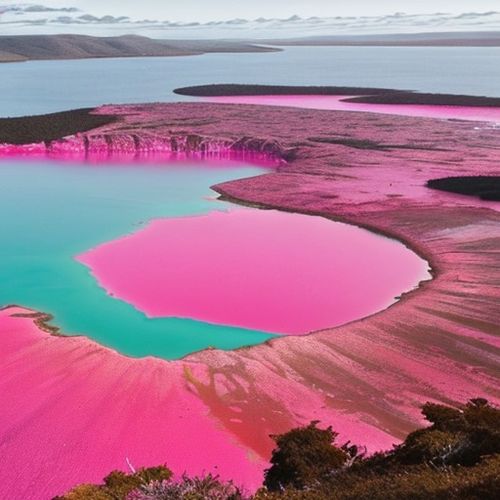
By Olivia Reed/Apr 27, 2025

By Noah Bell/Apr 27, 2025

By Jessica Lee/Apr 27, 2025

By Daniel Scott/Apr 27, 2025
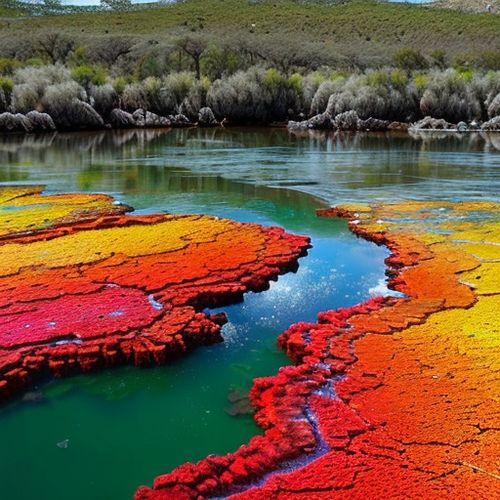
By Grace Cox/Apr 27, 2025
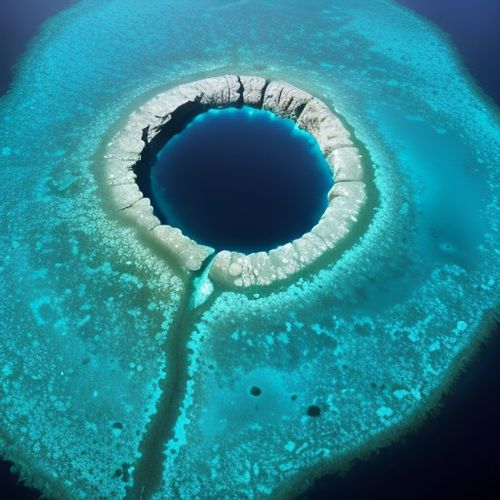
By Michael Brown/Apr 27, 2025

By Amanda Phillips/Apr 27, 2025
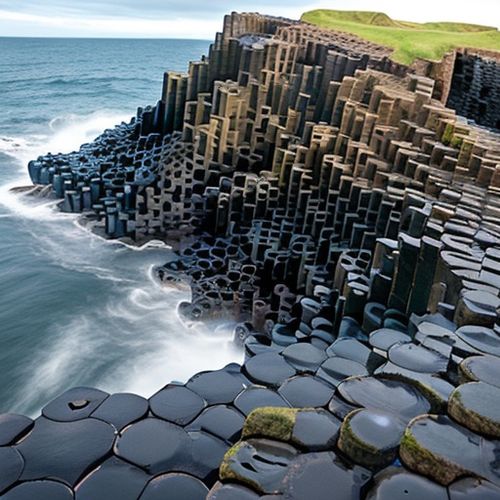
By Ryan Martin/Apr 27, 2025
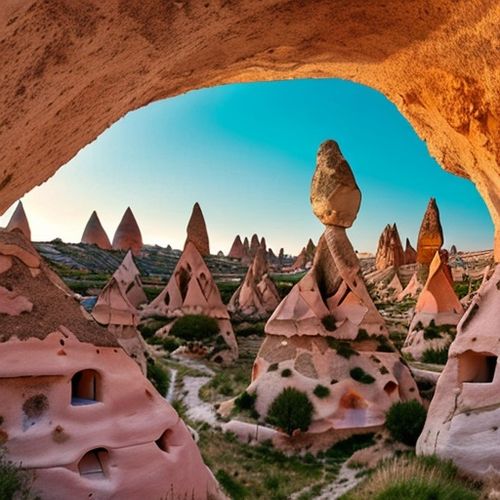
By Victoria Gonzalez/Apr 27, 2025
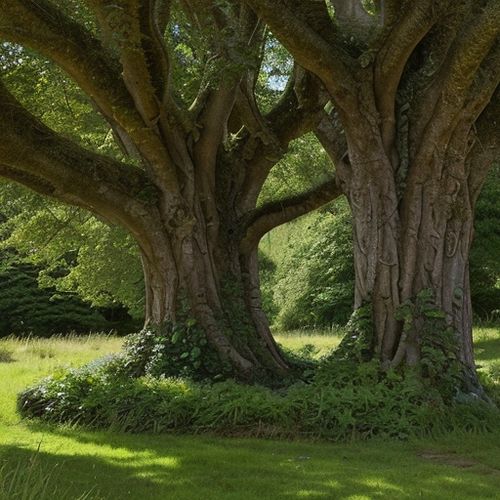
By Natalie Campbell/Apr 27, 2025
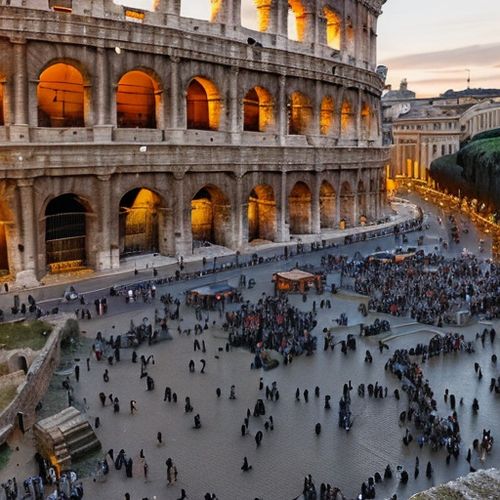
By Ryan Martin/Apr 11, 2025

By Sophia Lewis/Apr 11, 2025

By David Anderson/Apr 11, 2025

By Rebecca Stewart/Apr 11, 2025

By Thomas Roberts/Apr 11, 2025
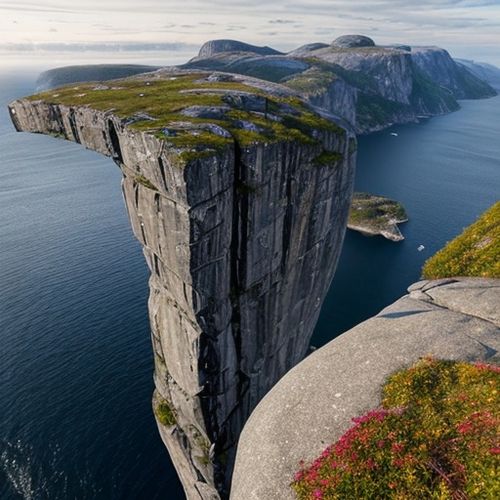
By Thomas Roberts/Apr 11, 2025

By Elizabeth Taylor/Apr 11, 2025

By Thomas Roberts/Apr 11, 2025

By Eric Ward/Apr 11, 2025